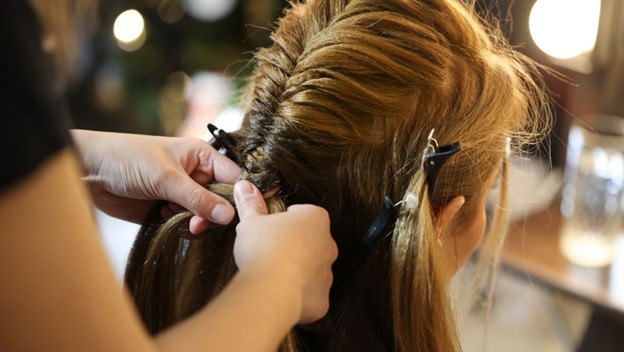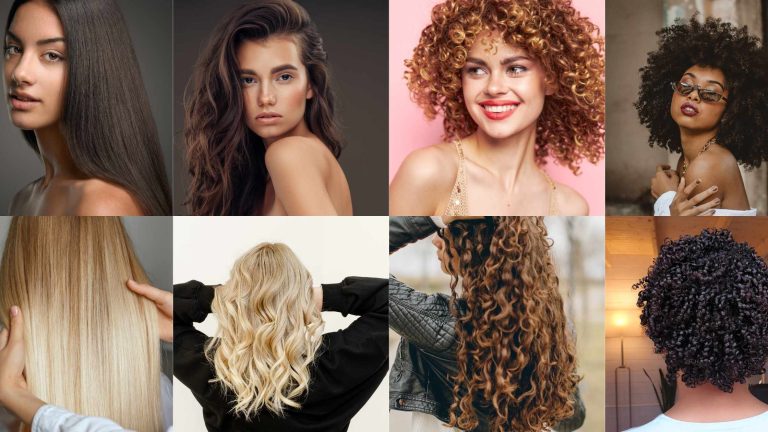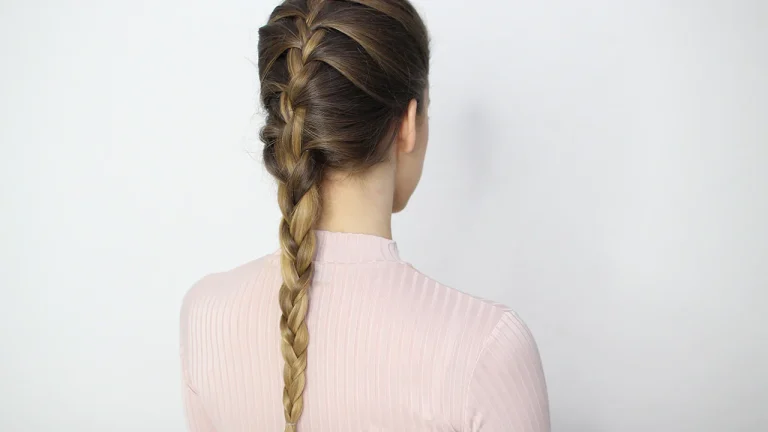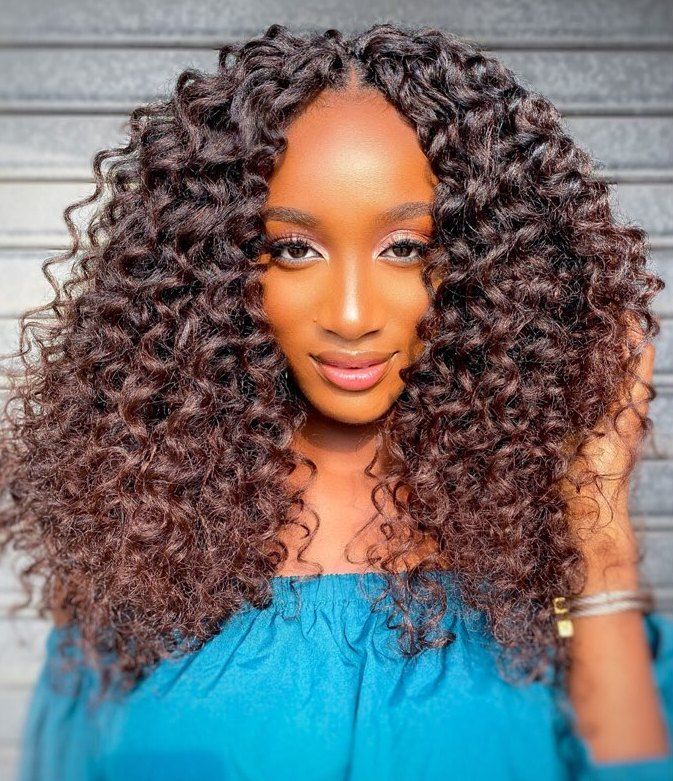Why do black people braid their hair?
Growing up as a young black girl, I have many fond memories of getting my hair braided. I can still remember the soothing feeling of my auntie’s fingers gently separating my locks into neat, uniform plaits. Or the way my mom would painstakingly cornrow my hair into complex geometric patterns. Through different stages of my life, braided hairstyles have been more than just a practical styling choice – they’ve been a way for me to celebrate my heritage and bond with loved ones.
For many in the black community, braiding hair is an important ritual deeply ingrained in our culture. In this guide, I will discuss the diverse reasons why black people braid their hair and how this tradition empowers us to express our identity.
Braiding Has Deep Cultural Roots in Africa
Contents
Long before braided hairstyles gained popularity in other parts of the world, they were an integral part of culture and identity across Africa. Elaborate braided hairstyles were a form of artistic expression in ancient African civilizations like Egypt, Nubia, and Senegal. Different braiding patterns had various meanings and were used to indicate things like marital status, age, religion, and wealth.
Braiding hair was more than just a cosmetic hairstyle – it was a social ritual done communally among friends and family. For centuries, women would spend hours braiding each other’s hair while gossiping, singing and telling stories. Beyond its social importance, braided hairstyles were also thought to harness spiritual powers and connect the wearer to the divine.
When Africans were forced into slavery and brought to the Americas starting in the 15th century, they brought the tradition of braided hairstyles with them.
Braiding Was a Practical Hairstyle for Enslaved People
Under the harsh conditions of slavery, braiding hair into tight cornrows made it more manageable for long days spent working on plantations. Keeping hair neatly braided also helped prevent the spread of lice and other illnesses.
Braids could be left in for weeks at a time without maintenance, allowing enslaved women to work efficiently. There are even accounts of people braiding maps and seeds into their cornrows to help plan escapes.
With limited access to hair care products and treatments, braiding hair into protective styles helped retain length and maintain the health of their locks. For enslaved communities, braiding became an empowering way to exercise some autonomy over their appearances under oppression.
Braiding as an Act of Resistance
During the 1960s Black Power Movement, afros and braided natural hairstyles like cornrows became symbols of African pride and resistance against Eurocentric beauty ideals that denigrated black features. Activists proudly wore their hair in braids or twists to embrace their African heritage and protest pressure to assimilate to white standards.
Black people braiding their hair was an act of self-acceptance and a rejection of the idea that natural black hair was inferior or ugly. Braiding became a way to define beauty on their own terms while paying homage to their roots.
Even today, the decision to proudly wear natural braided hairstyles for many black people remains a form of protest against systems that still police black self-expression.
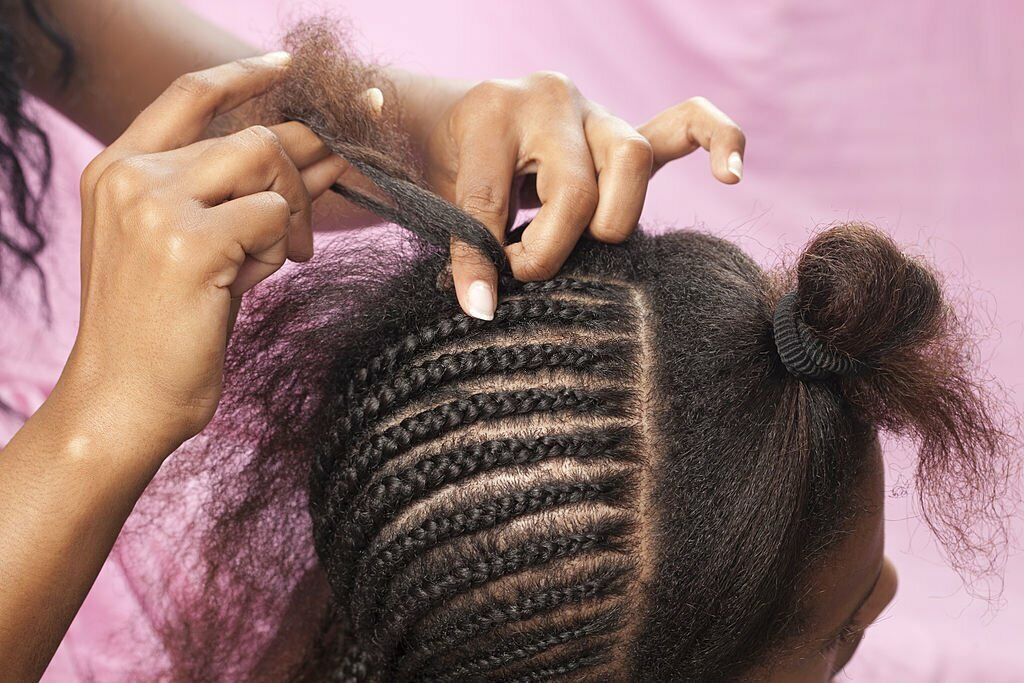
Braids as Protective Styling
Aside from cultural significance, braided hairstyles are highly popular because they make excellent protective styles for black hair. Unlike constantly manipulating it into different loose styles, keeping hair braided helps retain length by preventing breakage, split ends and heat damage that can occur from frequent styling.
When hair is neatly sectioned and braided, it can continue growing undisturbed when left in for 4-6 weeks at a time. Braids are a convenient, low-maintenance style that keeps hair conditioned and moisturized. This makes them a great protective style for transitioning from chemically relaxed to natural hair.
No matter their hair type, black people can enjoy the benefits of braids as a versatile protective option.
Braids for Creative Expression
From micro braids to goddess locs, braided styles open a world of creative possibilities. Braids allow you to temporarily transform your look by experimenting with different colors, textures and embellishments like beads and shells. Whether you opt for chunky jumbo braids or hundreds of miniature plaits, you can change up your vibe whenever the mood strikes.
Celebrities like Janet Jackson, Zoe Kravitz and Zendaya have all donned beautiful braided styles on the red carpet. Events like festivals, weddings or vacations are perfect occasions to embrace bold braided looks.
For artistic individuals, braiding hair unlocks a blank canvas to make a unique cultural statement.
Braiding as Bonding Experience
In the black community, it’s common for braiding hair to be a communal bonding ritual between friends and family. Women will come together to get their hair braided while gossiping, sharing advice, singing African songs and more. It offers a chance to socialize and strengthen bonds.
Mothers pass down the skill of braiding to their daughters, cultivating patient concentration and dexterity from a young age. Elders teach techniques like traditional cornrows and share stories while working on younger generations’ hair. The ritual of braiding connects youth to their heritage and reinforces ancestral traditions.
Beyond the finished style, gathering to braid each other’s hair is an act of love. The time spent together getting your hair braided can be just as precious as the braids themselves.
Conclusion
From honoring my African ancestors to having quality time with my mom, braiding my hair has been a constant source of empowerment and comfort in my life. When I proudly wear my box braids, I’m celebrating the creativity and resilience of my culture. Braiding hair will always be more than a hairstyle – it’s an enduring tradition that bonds and empowers the black community.

Founded by Sophia Rodriguez, IGXO Cosmetics is a PETA-certified, cruelty-free, and vegan makeup brand.

